Long-Lasting Landing Landscaping
Kaufbeuren (DE) – Mentionné
DONNÉES DE L'ÉQUIPE
Représentant d'équipe : Marco Chitti (IT) – architecte urbaniste ; Associé : Stefano Manzo (IT) – architecte
via G. C. Abba 1, 40141 Bologna – Italia
+39 340 723 41 33 – marcochitti@hotmail.it
Voir la liste complète des portraits ici
Voir la page du site ici

M. Chitti et S. Manzo
INTERVIEW (en anglais)
1. How did you form the team for the competition?
The two members of the team have been working together for years on many other projects and competitions, together or as part of larger teams.
2. How do you define the main issue of your project, insisting on how you answered on this session main topic: adaptability and urban rhythms?
The problem of the scale was probably the basic issue of the site: the airbase –accounting for more than one third of the city built-up area and secluded from the city because of its military use– is too big to be easily and rapidly reintroduced to the city life. In that sense, adaptability, intended as the capacity of adjusting to an ever-changing economic and social context, was the only way to imagine a long-lasting transformation that would take place in a very long time frame with a high level of uncertainty. Given the vastity of the area –another issue– related to the “urban rhythms” topic, was how to modulate, through the variation of scale and patterns, the transition between a city-scale environment, close to the old city, and the wider landscape open over the Alps in the South.
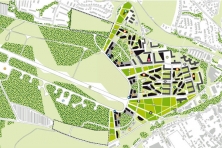
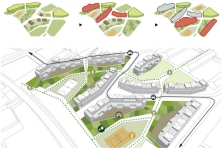
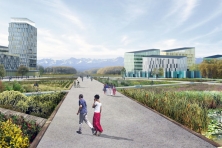
3. How did this issue and the questions raised by the site mutation meet?
The issue of the scale was treated from many points of view. We did not consider all the site as an area to be devoted to the urban development but mainly to be returned to the natural landscape. For that reason the project concentrates the urban development on the very Northern part of the area, partly re-using existing building, while allowing a controlled re-naturalisation of the larger Southern one. Moreover, the decision of keeping a large part of the area undeveloped allows imagining a continuous evolution of the project according to the situation.
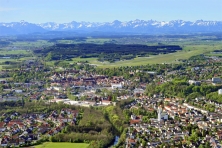
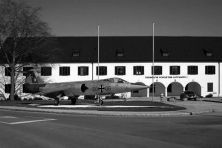
4. Have you already treated this issue previously and could you present some reference projects that inspired yours?
It is the first time, as group, that we have approached the transformation of a large area in a small town, even if we have worked many times before on the issue of re-use and re-development of dismissed areas (e.g. in previous sessions of Europan).
Among the project listed in the Adaptability topic, the renovation of the Mina, in Barcelona, is somehow linked to ousr: a major axe (new or reinvented), linking secluded areas to the surroundings, reconnects these enclaves to their city or their territory. We also “picked-up” ideas from different sources: the “jardin à la française” or “baroque garden”, because of its capacity of establishing a theatrical relation with the landscape, defining axes and framing views through masses of trees, was a good reference for dealing with the vast green area.
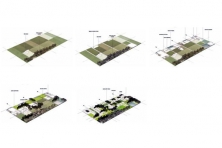
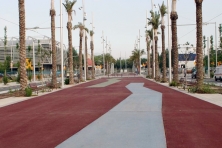
5. Today –within the era of an economic crisis and sustainability– the urban-architectural project should reconsider its production method in time; how did you integrate this issue in your project?
Given the extremely large area of the project, the timing of the transformation is a major matter. We imagined a two-track strategy: on one hand the network of open spaces with a clear design and hierarchy constitutes a defined and strong frame; on the other hand a flexible program with a phased implementation: pioneering temporary uses preparing the ground for more advanced functions. The idea is that, even if the transformation is stopped or slowed down at any moment because of an unfavourable context, this will not result in an incomplete environment or a permanent construction site.
6. Is it the first time you have been awarded a prize at Europan? How could this help you in your professional career?
It is actually the first time we have been awarded a prize at Europan, even if it is not the first time we have participated. We hope there could be an involvement of our group in the follow-up of our site project and, in general, that it could generate interest for our works and projects.